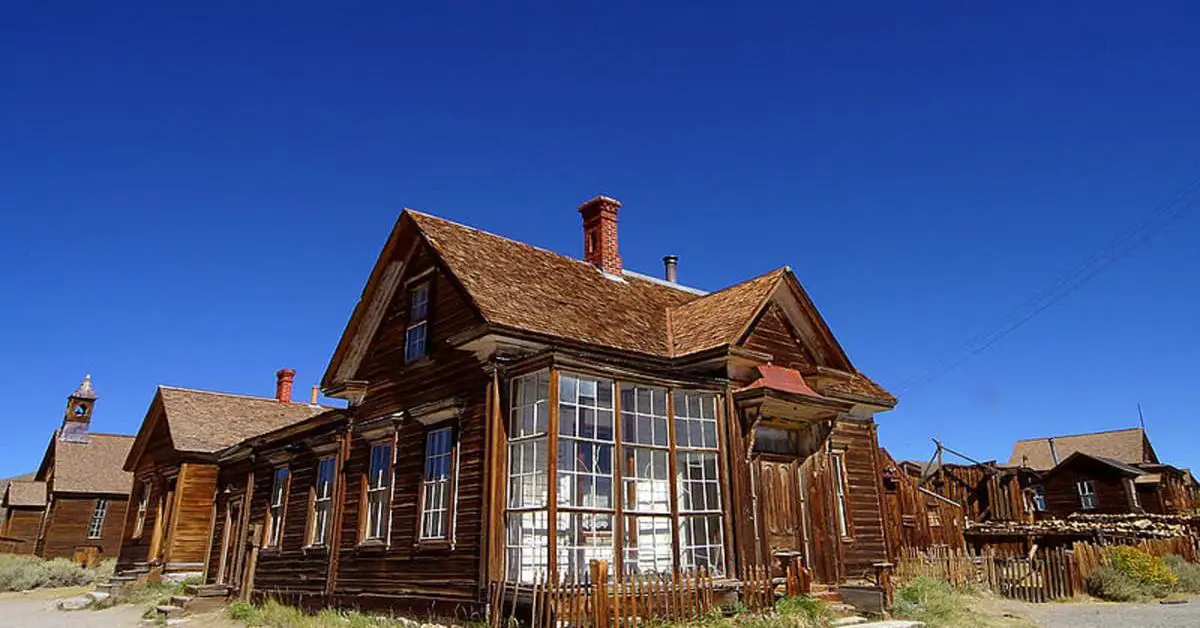Greasertown, California, Kern County is a captivating ghost town that captivates the imagination of history enthusiasts and adventurers alike. This once-vibrant settlement now stands as a testament to the shifts and changes of economic fortune, offering a glimpse into the past. Below is detailed information about the town.
County: Kern County
Zip Code: Not available
Latitude / Longitude: Not available
Elevation: Not available
Time Zone: Not available
Established: Not available
Disestablished: Not available
Comments: Greasertown was mainly known as a petite settlement in Kern County, California. The town’s name likely originates from its connection with the oil industry, which played a significant role in the area’s development during the late 19th and early 20th centuries.
However, detailed historical records about the town’s founding and operational period are scarce. Greasertown (also, Petersburg) is a former settlement in Calaveras County, 4 miles (6.4 km) west of San Andreas, on the west side of the Calaveras River.
The town was rumored to have received its name due to what one-time resident and schoolteacher Margaret Blanc described as “a straggling settlement … with canvas tents and wooden shanties of which it consisted the abodes of … Mexicans who packed and drove mules up to the mines with provisions for the diggers at work on the banks on the Mokelumne and Calaveras.”
Blanc said the town was in fact diverse, with many nationalities represented. She wrote that the town included, “About 30 children made up of all classes, nationalities, and ages.”
Remains: According to “Grizzly Bear” author J. Rush Bronson, in the late 1850s, Petersburg boasted a population of approximately 200 Chinese immigrants mining the river bars on the Calaveras River and 25 white men. Bronson tells a tale of a miner-style battle.
The Chinese and white miners “came in conflict with each other May 15 over control of a dam, the white miners fighting to maintain it and the Chinamen to destroy it. The battle lasted over an hour and was fought with rocks, clubs, and shovels. About a score of Chinamen was disabled, some being seriously hurt and after being driven off they had the white men arrested for battery.”
Current Status: The town is classified as a ghost town, indicating that it no longer has any permanent residents and has largely fallen into disrepair. Any remaining structures or landmarks would likely be of interest to historians and tourists alike, seeking to explore the remnants of California’s past.
After the heavy rains of 1907, residents of flood-ravaged Stockton sought to dam the Calaveras River to prevent further flooding. The condemnation of Petersburg was completed on June 25, 1924, clearing the way for the first dam on the Calaveras River.
When it was completed in 1930, the dam flooded the old mining town with 115,000-acre-ft of water. It is named for Walter Byron Hogan, a one-time engineer and city manager for Stockton.
Remarks: The lack of exhaustive information on Greasertown suggests that it was a minor settlement that did not leave a significant mark on historical records. Its story reflects the transient nature of many such towns that emerged during California’s various boom periods, only to fade away once the resources or economic conditions that sustained them were depleted.
For those interested in the history of California’s ghost towns, Greasertown represents an intriguing, albeit elusive, chapter. At times, however, Petersburg residents showed a more philanthropic side. The Marin Journal of Oct. 18, 1862, reported that a relief fund for sick and wounded soldiers sent east by the Sanitary Committee of San Francisco included a contribution from Calaveras County.
“A little town in Calaveras County, with only about 50 voters, contributes $404; the name of this philanthropic place is Greasertown.”



